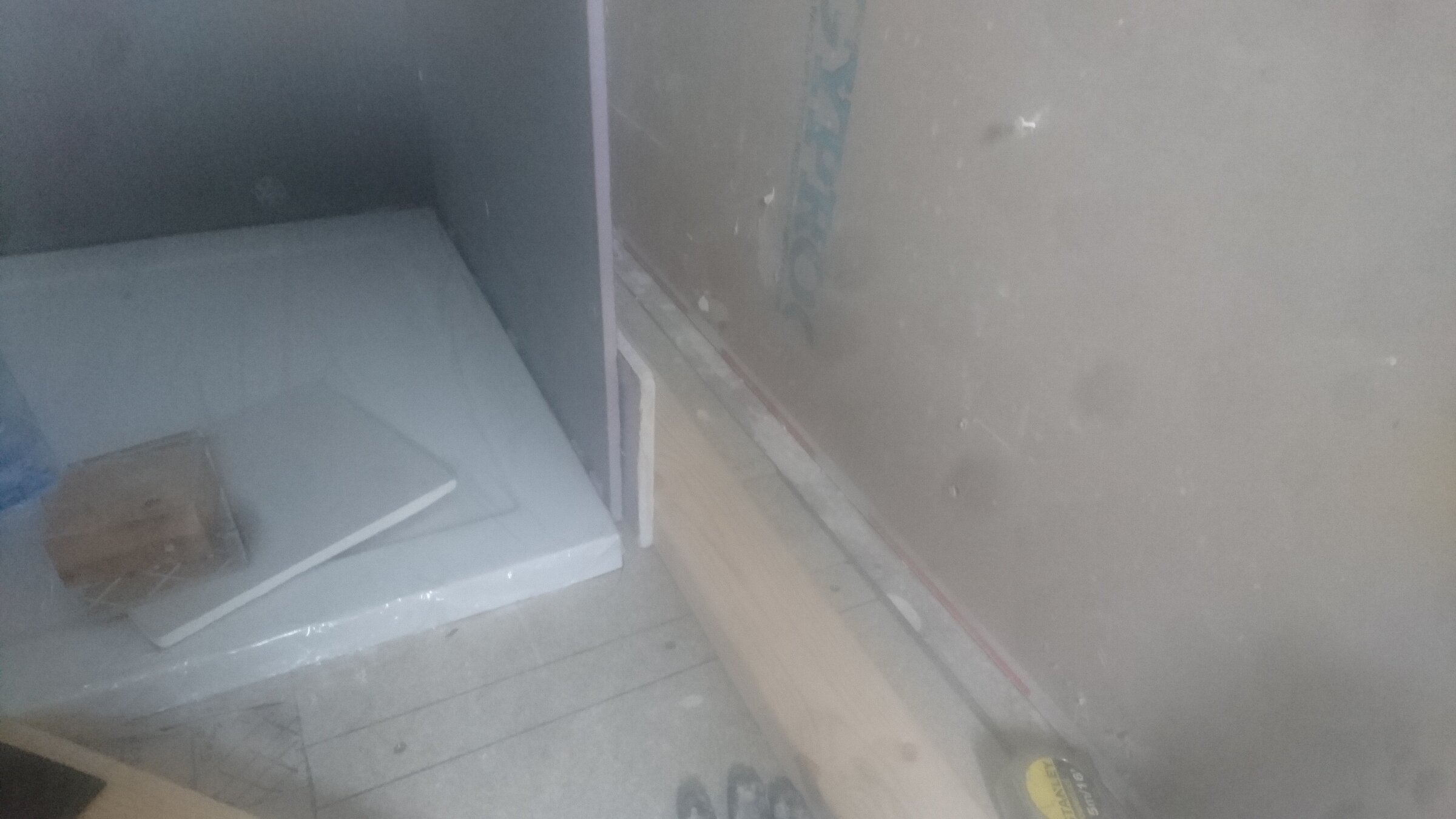This isn't strictly plumbing but couldn't think where else to put it.
Im building out a frame that will create a recess in which a shower tray will fit into.
The tray will be installed onto a bed of tile adhesive.
What sort of gap should i leave between the tray and the soon to be wall shown on the right hand side?
I was thinking of getting the gap as small as possible but just enough for me to fit the tray into when it comes time to install.
Then flood the gap with sealant before tiling etc in the pic ive got some 4mm wooden shims in the gap as a test
Im building out a frame that will create a recess in which a shower tray will fit into.
The tray will be installed onto a bed of tile adhesive.
What sort of gap should i leave between the tray and the soon to be wall shown on the right hand side?
I was thinking of getting the gap as small as possible but just enough for me to fit the tray into when it comes time to install.
Then flood the gap with sealant before tiling etc in the pic ive got some 4mm wooden shims in the gap as a test


